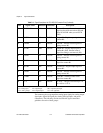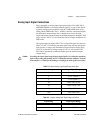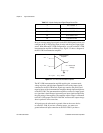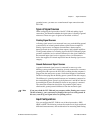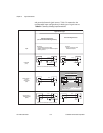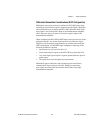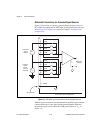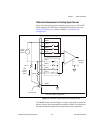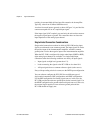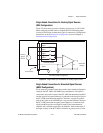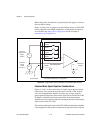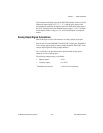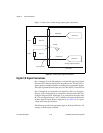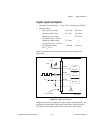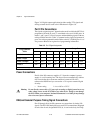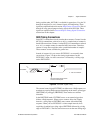Chapter 3 Signal Connections
PCI-1200 User Manual 3-12 © National Instruments Corporation
resulting in uncontrollable drift and possible saturation in the amplifier.
Typically, values from 10 kΩ to 100 kΩ are used.
A resistor from each input to ground, as shown in Figure 3-4, provides bias
current return paths for an AC-coupled input signal.
If the input signal is DC-coupled, you need only the resistor that connects
the negative signal input to ground. This connection does not lower the
input impedance of the analog input channel.
Single-Ended Connection Considerations
Single-ended connections are those in which all PCI-1200 analog input
signals are referenced to one common ground. The input signals are tied to
the positive input of the instrumentation amplifier, and their common
ground point is tied to the negative input of the instrumentation amplifier.
When the PCI-1200 is configured for single-ended input (NRSE or RSE),
eight analog input channels are available. Use single-ended input
connections when the following conditions are met by all input signals:
• Input signals are high level (greater than 1 V).
• Leads connecting the signals to the PCI-1200 are less than 10 ft.
• All input signals share a common reference signal (at the source).
If any of the preceding criteria is not met, use the DIFF input configuration.
You can software configure the PCI-1200 for two different types of
single-ended connections, RSE configuration and NRSE configuration.
Use the RSE configuration for floating signal sources; in this case, the
PCI-1200 provides the reference ground point for the external signal. Use
the NRSE configuration for ground-referenced signal sources; in this case,
the external signal supplies its own reference ground point and the
PCI-1200 should not supply one.



